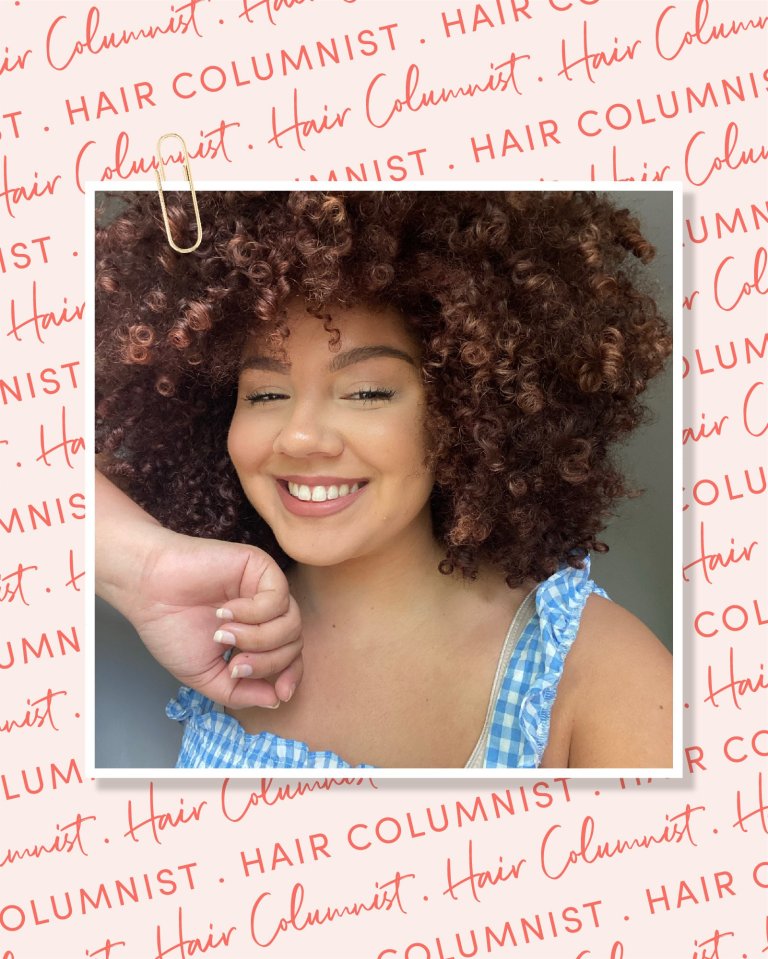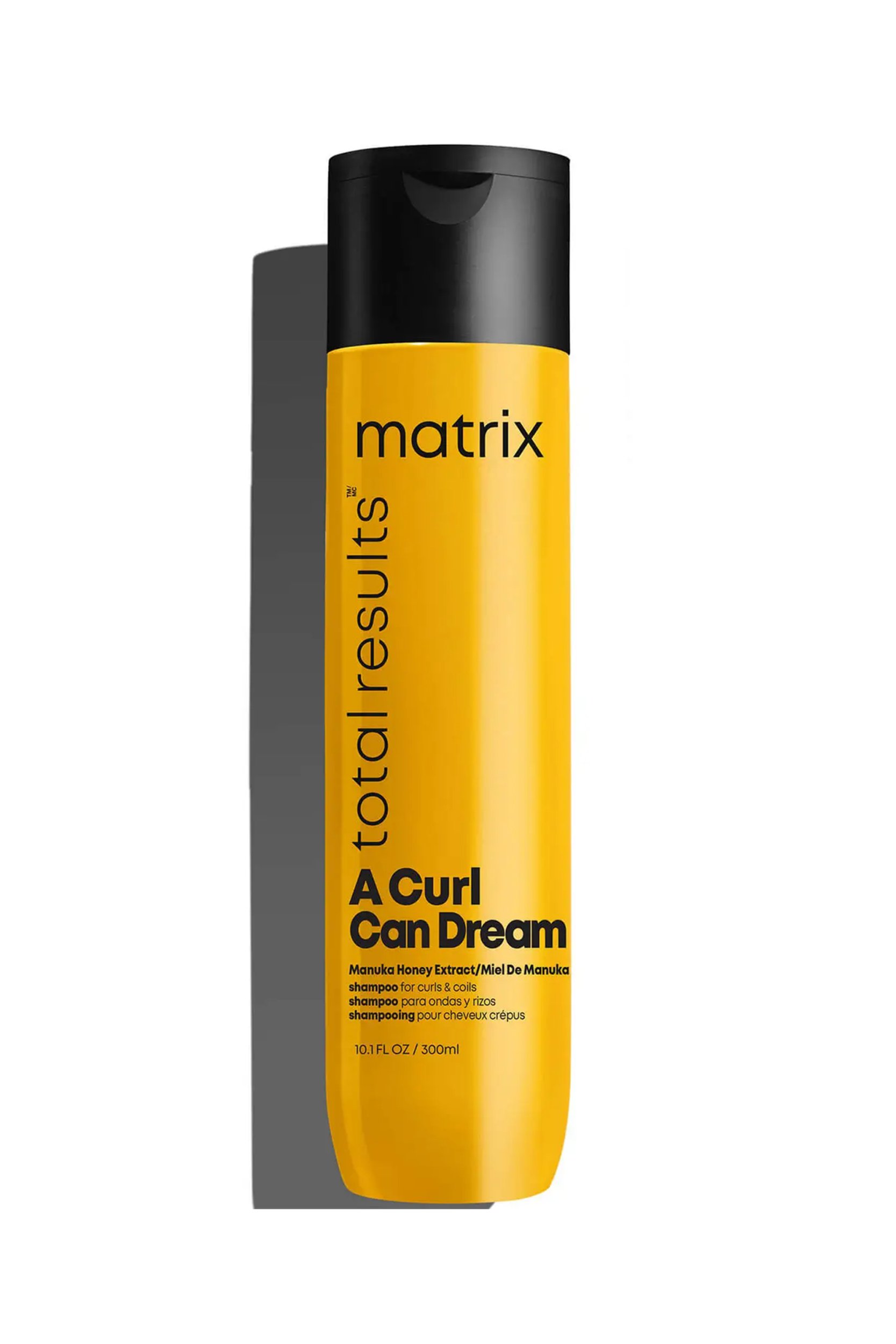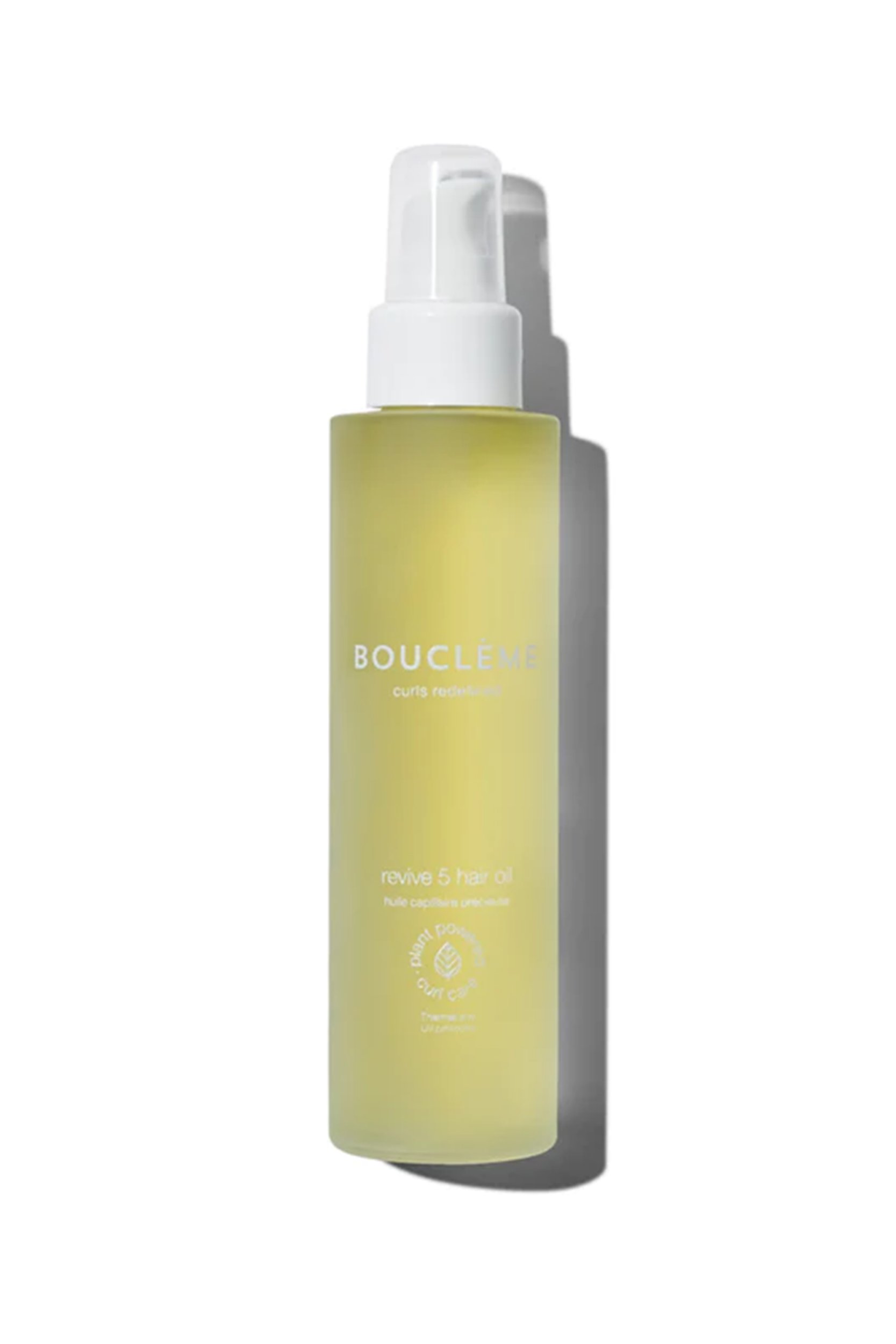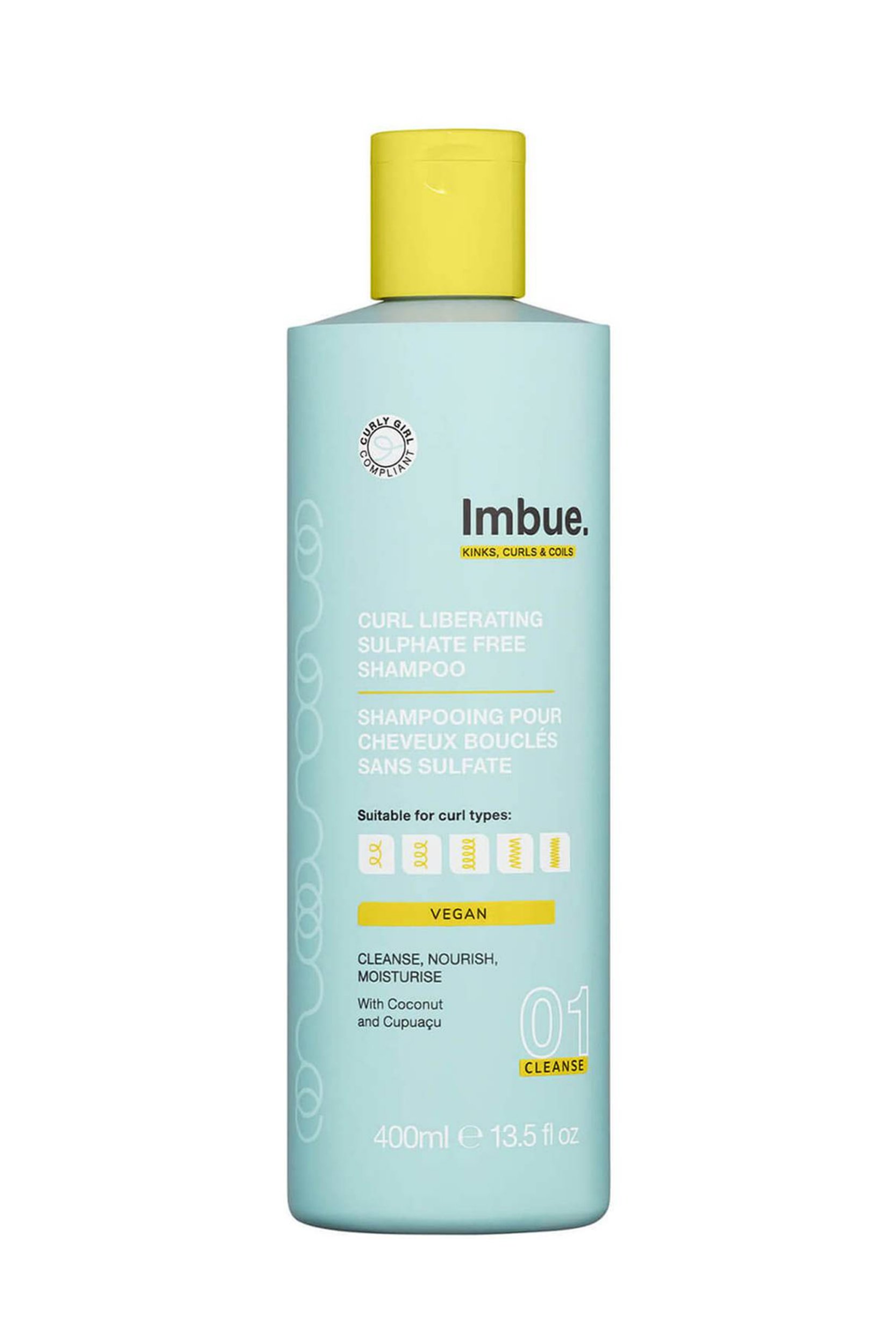You have probably heard the term ‘hair porosity’ before, but do you know what it is and how it can impact your curly hair routine? Let me break it down for you!
What is hair porosity?
Hair porosity is your hair’s ability to absorb and retain moisture at the cuticle. There are three types of hair porosity: low, medium and high – more on this later.
Why is it useful to know?
Knowing your hair’s porosity makes it easier to form an effective curly hair routine. It also means you can get to know the types of products your hair will like (and what suits it), which ultimately leads to saving money in the long term.
Is there a simple way to test this?
There are a few tests that can help determine hair porosity such as the float test, where supposedly if a couple of your hair strands float in water, you have low porosity and if they sink, you have high porosity.
However, the accuracy of the test is questionable due to certain factors potentially affecting the outcome, such as water temperature and how clean your hair is.
In my opinion, the best way to determine your hair’s porosity is by paying attention to your hair’s characteristics. Knowing your hair’s characteristics might take a long time to understand but patience is key.
Here’s how to find out and what that means for your routine.
Low porosity hair
Low porosity hair has a closed cuticle structure, meaning it is less able to hang onto moisture and oils.
The characteristics of low porosity hair, and how to treat it:
- Your hair takes a long time for your hair to get wet, and almost repels water. You will find that when you apply water to your hair, the water beads up on the surface. This is because the hair cuticle is closed, meaning it less easily allows water to be absorbed.
- Products sit on top of your hair for a long time before being absorbed; again, due to the closed cuticle structure. If you have low porosity hair, I would always recommend applying styling products while still in the shower. The steam from the shower helps to open up the hair cuticle meaning moisture can more easily penetrate the hair, leading to faster and longer-lasting hydration.
- Your hair enjoys being clarified; low porosity hair is prone to build up. Because it is difficult for products to penetrate the cuticle, the temptation is to over-apply your products, which often leads to build-up. This stops moisture and hydration from entering the hair. Clarifying the hair allows it to breathe, while preparing to receive water and moisture from products. I recommend the Matrix Total Results A Curl Can Dream Manuka Honey Infused Shampoo, £9.75, LookFantastic.
- Your hair prefers lighter oils such as jojoba oil, sweet almond oil, argan oil, and grapeseed oil – simply because they are easier to absorb. Applying heavier oils will make your hair feel greasy. Try the Bouclème Revive 5 Hair Oil, £27.90, Bouclème.
High porosity hair
High porosity hair has an open cuticle structure, meaning it retains oil and moisture much more easily.
The characteristics of high porosity hair, and how to treat it:
- Your hair loves water and moisture. Both are very easily and quickly absorbed into the hair cuticle due to its open structure.
- Your hair dries very quickly. Due to its open structure, high porosity hair loses moisture quickly. It often prefers heavier products as well as oils to help seal and retain moisture. Many people with high porosity hair follow the LOC method: liquid (water/leave-in conditioner), oil, cream (styling cream/gel), which helps to maintain moisture levels.
- High porosity hair generally prefers cleansers that do not strip the hair of its natural oils. Clarifying shampoos are still useful but moisturising shampoos will likely be the preferred weekly cleanser due to the hair craving so much moisture. I like the Imbue. Curl Liberating Sulphate Free Shampoo, £5.99, Superdrug.
4. High porosity hair will prefer heavier oils such as olive oil, coconut oil and Jamaican black castor oil as they will add much-needed moisture to quickly-drying strands. The Batanaful Wonder Oil 100% Natural, £17, Batanaful is a good option.
Medium porosity hair
So, I’ve covered off low and high porosity hair types, but you may now be thinking ‘what about medium?’
Medium porosity hair is a combination of low and high. You might enjoy heavier products but may also need a clarifying shampoo – it’s worth trying a little of everything to determine what your hair reacts best to. Although this can be a little more confusing, it definitely pays off to discover your hair’s favourites.
Hopefully you now have a better understanding of what hair porosity is and how it can be identified. I believe it’s one of the more useful things to know about your hair for picking products and knowing how to treat it, particularly in comparison to curl types.
Regardless of knowing your hair’s porosity, you will still experience some trial and error. Remember to enjoy the journey just as much as the destination, and follow me @pennyfroreal for more top tips!














